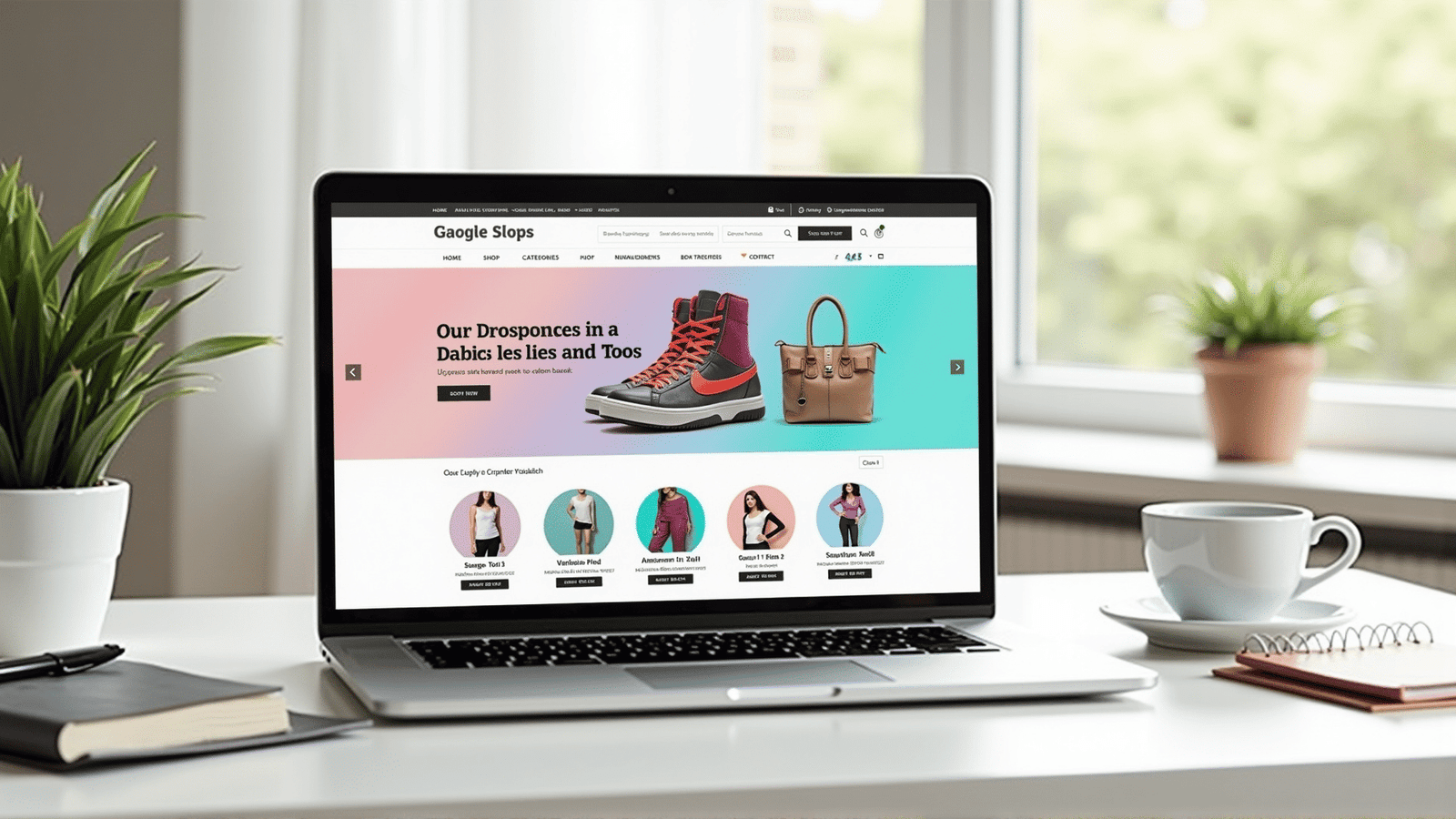In an ever-evolving digital landscape, e-commerce platforms continue to be at the forefront of technological advancements. As we head into 2024, businesses are increasingly recognizing the critical role that web design plays in enhancing user interaction and increasing conversion rates. The future of e-commerce web design is set to be shaped by several emerging trends that prioritize user experience, personalization, and seamless integration.
Emphasis on Personalization
Personalization has been a buzzword in the realm of e-commerce for some time, but technological advancements are now allowing for a deeper and more intuitive implementation. In 2024, personalization will extend beyond product recommendations to include customized landing pages, dynamic content that caters to user behavior, and AI-driven search functionalities that adapt to user preferences. By tapping into extensive data analytics, e-commerce platforms will provide a tailored shopping experience that feels personal and engaging, significantly boosting user satisfaction and conversion rates.
Immersive Technologies
Virtual reality (VR) and augmented reality (AR) are set to revolutionize e-commerce web design, offering customers an immersive shopping experience. As these technologies become more sophisticated and accessible, e-commerce sites will incorporate features such as virtual fitting rooms, interactive product visualizations, and augmented storefronts. This not only enhances user interaction by providing a richer, more engaging experience but also reduces uncertainty about product choices, which can lead to increased conversions.
Streamlined User Experience
The user experience will remain a cornerstone of effective e-commerce design. In 2024, expect to see an emphasis on minimalistic designs that focus on fast loading times, easy navigation, and intuitive user interfaces. Responsive design will continue to be vital, ensuring that websites perform seamlessly across all devices. Voice-activated navigation may also gain traction, offering a hands-free shopping experience, particularly beneficial for mobile users on the go.
Inclusivity and Accessibility
As the digital shopping environment becomes more ubiquitous, making it accessible to all users, including those with disabilities, is becoming a non-negotiable priority for e-commerce businesses. In 2024, web design will increasingly incorporate features that cater to diverse needs, such as voice assistants, adaptable interfaces for varied visual capabilities, and comprehensive keyboard navigation. Prioritizing inclusivity not only broadens the customer base but also reflects a brand's commitment to social responsibility.
Sustainability and Ethical Design
Consumers are becoming more environmentally conscious, and their purchasing decisions are increasingly influenced by a brand’s commitment to sustainability. E-commerce platforms will leverage web design to showcase their ethical practices, from sustainable sourcing to eco-friendly packaging options. This might include integrating carbon-neutral options at checkout and using design elements that highlight sustainability efforts, thus aligning the customer’s values with those of the business.
AI and Machine Learning Integration
The rise of AI and machine learning will continue to transform e-commerce web design. These technologies will power everything from chatbots that offer instant customer support to sophisticated analytics that predict shopping trends and optimize stock inventories. By using AI to analyze and predict consumer behavior, e-commerce platforms can create more user-centric designs that enhance the shopping experience and drive higher conversion rates.
In conclusion, the future of e-commerce web design is poised to focus on creating more personalized, immersive, and accessible online shopping experiences. By leveraging technological advancements such as AI, VR, and AR, e-commerce platforms will be better equipped to meet the evolving demands of consumers in 2024. Prioritizing a seamless user experience, inclusivity, and sustainability not only fosters a positive shopping environment but also establishes trust and loyalty, key drivers in maintaining a competitive edge in the digital marketplace.
